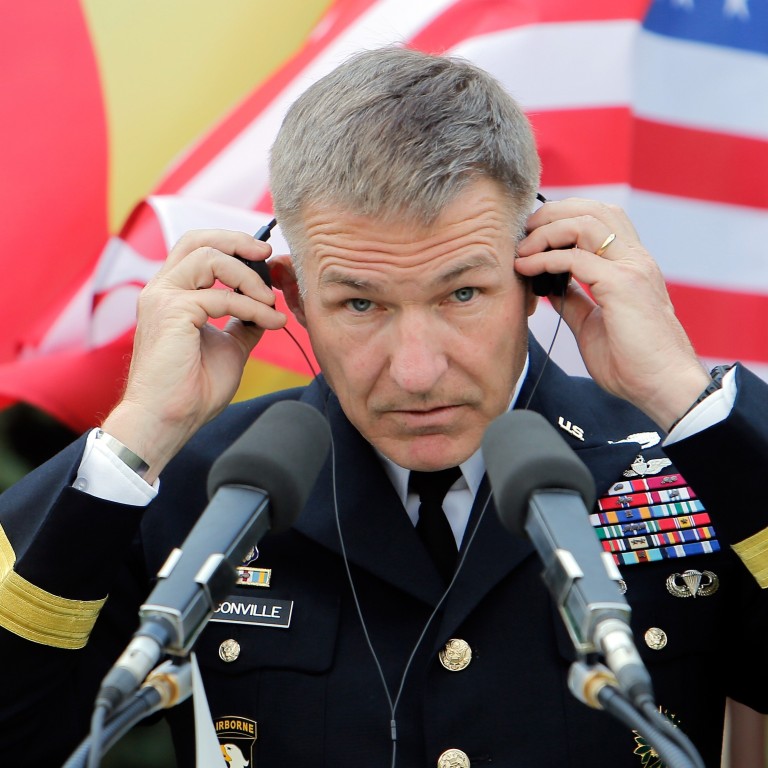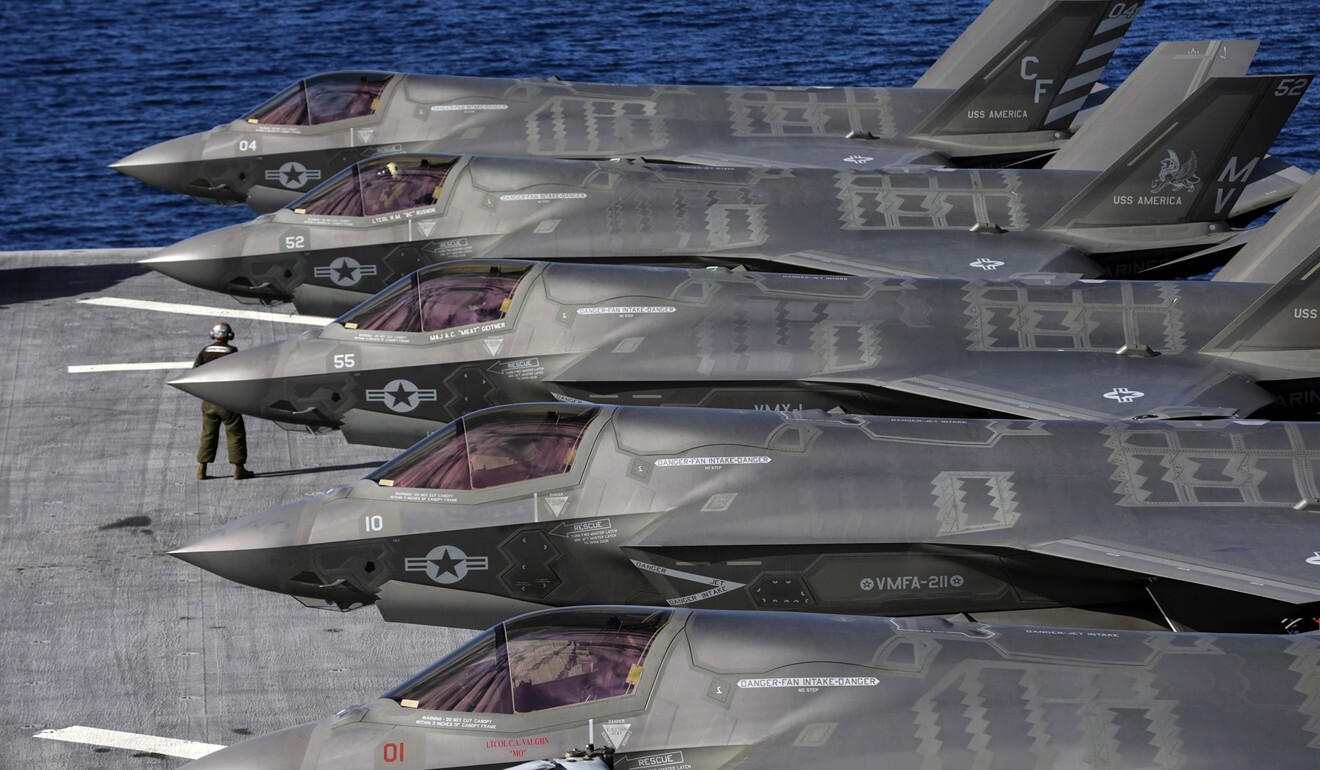
US-China relations: America is looking to outgun PLA in Indo-Pacific, observers say
- Military chiefs are reviewing their deployments in region to ensure they have sufficient firepower and troops to counter any threat from China, analysts say
- America worried its fleets will be kicked out of the western Pacific, naval expert says
The United States is reviewing its military deployments in the Indo-Pacific region to ensure it has sufficient firepower and troops to counter any threat from China, analysts say.
US Army Chief of Staff James McConville said at a recent online event hosted by the Centre for Strategic and International Studies, a Washington-based think tank, he was making “long-range precision fire” his top priority and was looking at options for basing such weapons systems in the Indo-Pacific as part of America’s deterrence strategy.
The changes “will allow us to overmatch” potential adversaries like China and Russia, he said, adding the move would also include “establishing joint all-domain task forces”.
McConville’s comments came after US Marine Corps commander General David Berger said in March in his “Force Design 2030” plan he wanted to reduce the role of marines in ground warfare and leave the bulk of that responsibility to regular troops.
Meanwhile, the US Army National Guard said it would move most of its brigades under the command of its eight division headquarters to boost the combat power of the ground troops in the region, according to an August 1 report by the US military newspaper Stars and Stripes.
“The US wants to strengthen its strike capabilities by integrating its firepower systems on land, air, sea and space, and combine them with its troops in a powerful joint operation combat system,” he said.

“The goal is to block all channels in the East and South China seas and work with its regional allies to stop PLA [People’s Liberation Army] fleets from breaking the ‘first island chain’ established by Washington [during the Cold War].”
On a trip to Tokyo last month, Berger discussed with his Japanese counterpart the possibility of deploying mobile US marine units in Okinawa.
They would be armed with anti-ship and air-defence missiles, and would work closely with Japanese forces to prevent easy access to the Pacific for China’s military, he said.
According to the Stars and Stripes report, the US military has also been carrying out exercises involving the deployment of about a dozen F-35B Lightning II Joint Strike Fighters on the USS America, an amphibious assault ship.
Beijing-based naval expert Li Jie said the experiment was a response to the PLA’s expansion of its naval and air combat capacity.
“The US is worried its fleets will be kicked out of the western Pacific,” he said.
The PLA had sufficient firepower to take on American fleets in the event of an offshore battle, Li said.
“China’s Type PCL191 multiple launch rocket systems, which have a range up to 400km [250 miles], and other rocket launchers are the most efficient low-cost option for dealing with head-to-head conflicts,” he said.
“The PLA is also developing a new high-frequency surface wave radar system to detect stealth fighter jets like the F-35, and other advanced electronic warfare weapons.”
Song said the biggest difficulty the US was likely to face with its containment strategy was maintaining cooperation with its allies.
“Beijing’s best countermeasure is to disrupt that alliance,” he said.

